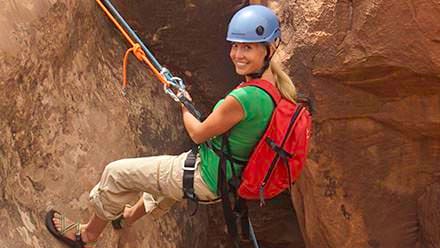
Ready to Play? »
Be sure to plan a day before or after your rafting expedition to experience a Hummer Safari, National Park Tour, or Zip Line Adventure. Go mountain biking, horseback riding, canyoneering, or ballooning. Your adventure awaits!

Moab, Utah keeps getting re-discovered and re-invented. First it was settled by Mormon pioneers, cattle ranchers and farmers who saw the Colorado River as a boon, but wondered about the efficacy of planting crops in sand and sandstone. Next was the mining boom - a product of World War II commodity called Uranium. The latest draw to Moab, beginning with the establishment of two mighty National Parks, and the invention of mountain bikes and Jeeps to explore the terrain in between, may last for quite a while - and for all the right reasons: to appreciate and preserve the landscape's masterpieces.
Of course today there are more ways than ever to explore the wild, broken and "upside down" geography of Utah's canyon country. Discover all the things to do in Moab, Utah and then get yourself there with our handy page for getting to Moab.
The legendary Rocky Mountains and the geologic "luck" of the Colorado Plateau make Utah's landscape a world class destination for discovery. The rivers that carve majesty out of this geographic mayhem are the stuff of legends themselves. The Green and Colorado Rivers combine where alpine mountains rise and red rock canyons plunge into a masterpiece of scenic and recreational splendor known as Moab --known as the adventure capital of the west!

Be sure to plan a day before or after your rafting expedition to experience a Hummer Safari, National Park Tour, or Zip Line Adventure. Go mountain biking, horseback riding, canyoneering, or ballooning. Your adventure awaits!
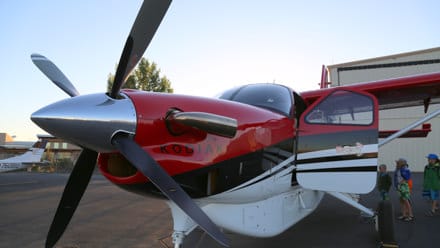
The Canyonlands Field airport (CNY) is no international runway, but you may be surprised to learn that you can book a flight from L.A. or D.C. or even get tricky and do an NYC to CNY practically any day of the week. In other words, the ease and simplicity of booking a vacation to Moab is as easy as to Las Vegas for a Grand Canyon trip!
And there's waaaaaay more fun and adventure (adventure you won't regret) in Moab's slots (slot canyons), arches and vistas than Vegas will ever payout!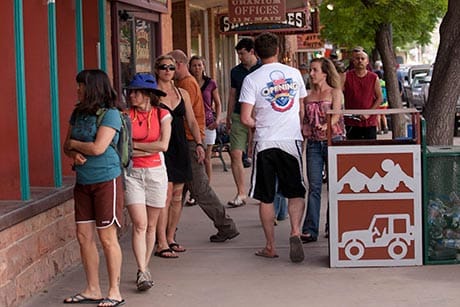
Like Utah's now famous Park City to the north, the town of Moab has a deep mining legacy that is trending toward tourist shops on Main Street, eclectic restaurants and boutique hotels and ranches converted for city slickers to enjoy playing cowboy. Hard-core play has its day in the sun, but shopping and dining along Main Street is certainly part of the fun!
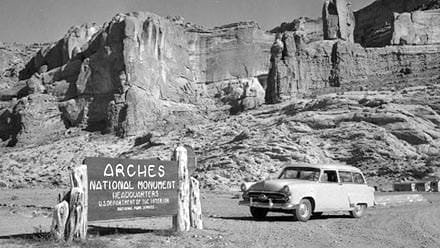
The awe-inspiring wonders surrounding Moab were a tourist attraction as early as 1911 when the local newspaper editor took delight in describing the rock formations. By 1929 Arches National Monument was established by President Hoover. The Arches Superintendent meanwhile advocated for hundreds of thousands more acres to be protected in what became Canyonlands National Park in 1964 under Lyndon B. Johnson. Arches National Monument followed suit with Park status in 1971.
An interesting read about the early history of Arches National Park and the surrounding land and complications of developing it can be found in a book called "Desert Solitaire" by radical environmental activist (arguably the inventor of such) Ed Abbey.
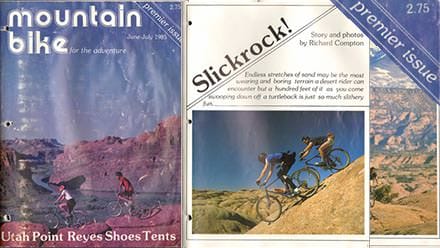
While the National Parks were still relatively empty, and the mining boom was all but forgotten by the early 1980's, a new and unexpected renaissance was about to hit the hills of Moab. An entirely new sport called "mountain biking" marked the beginning of a Moab's modern reputation as the "Adventure Capital of the West".
Mountain biking was pioneered in Marin County and Crested Butte, but Moab, Utah was the place where mountain biking caught the public eye. It was a clever ploy by Hank Barlow to launch the first issue of "Mountain Bike Magazine" with photography of people riding the new pedaled contraptions on the rolling slickrock hills with red rock cliffs and blue skies blazing in the background - a cue taken from film director John Ford perhaps? It worked and the rest is mountain biking history.
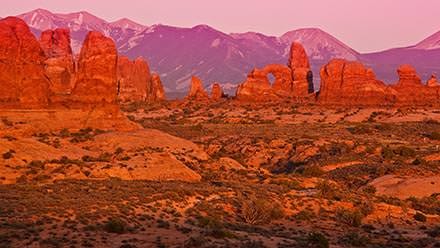
Millions of years before humans would be walking on petrified sand and mud, dinosaurs roamed throughout the Moab area during the Triassic, Jurassic and Cretaceous periods. Rock layers now exposed in Moab, Utah were just being deposited as mud and soft sands in their day. Amazing fossil discoveries are still being unearthed today - and rock shops, dinosaur museums, and fossil emporiums are almost as plentiful along the tourist encrusted streets of modern-day Moab.
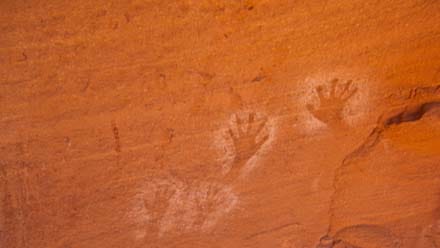
Native Americans lived all along the corridors and canyons of the Colorado River, but white men only ferried the river in the few places where the canyons broke up enough to allow easy crossing. The Old Spanish Trail crossed the Colorado River through the Spanish Valley, where Moab, Utah now bustles.
In the mid to late 1800's Mormon settlers and cattlemen claimed a few locations in the area. The sandy valleys and breaks in the cliffs were not suited well to raising crops or cattle, so the area of Moab itself remained mostly a place of crossing and moving elsewhere. A fort was erected near the crossing to cash in on the needs of weary travelers, but it was soon made irrelevant by the Denver & Rio Grande Railroad 40 miles north of Moab.
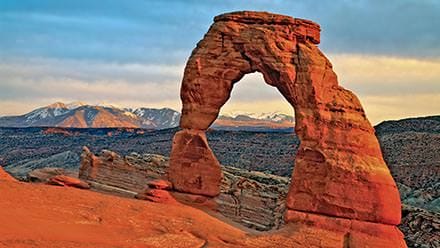
Ancient sandbeds, shallow oceans and dinosaur-trapping marshes - long dried up from Jurassic and Triassic periods - solidified into orderly layers of stone in vast expanses across the southwest. These stone layers each eroded at varying rates as they were pushed slowly upward by volcanic forces deep beneath the layered crust - becoming what is today known as the Colorado Plateau - or more descriptively, “The Grand Staircase”.
Why so many arches here? This NPS website has a great explanation, but simply stated: It was the right kind of rock to split into parallel cracks, the right amount of rain, very few earthquakes, and just the right timing to see arches and not rubble! It's time to visit Moab.
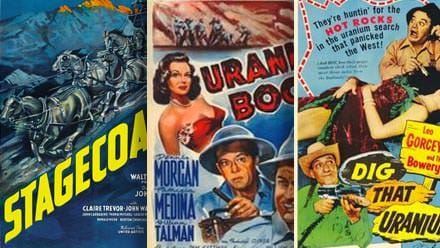
In 1956 Moab, Utah was suddenly the uranium mining capital of the world. In the height of the Cold War, the purest strains of uranium were 35 times the worth of gold. Charlie Steen was broke, but determined to compete with his millionaire oil buddies in Texas when his borrowed geiger counter went berserk in his freshly drilled mine named Mi Vida (spanish for My Life). Uranium "yellowcake" became the new Golden Ticket and the fever hit hard.
Meanwhile a different kind of fame for Moab was on the rise... on the silver screen. John Ford's 1938 film "Stagecoach" introduced the world to Moab and Monument Valley's expansive scenery and the rest is movie history. Hundreds of spots from television ads to music videos, to Hollywood films have featured Moab's red rocks.
A funny little song and video that illustrates a bit of what the era of the uranium boom must have been like.
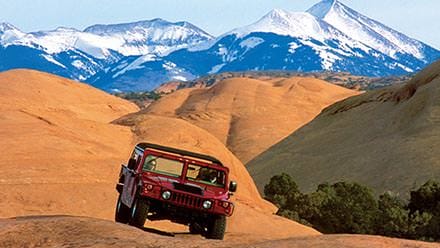
Of course WE love Moab, Utah and all there is to do there today, but what are you ready for? Take a look at all the adventures there are in Moab, Utah and get in touch with us!